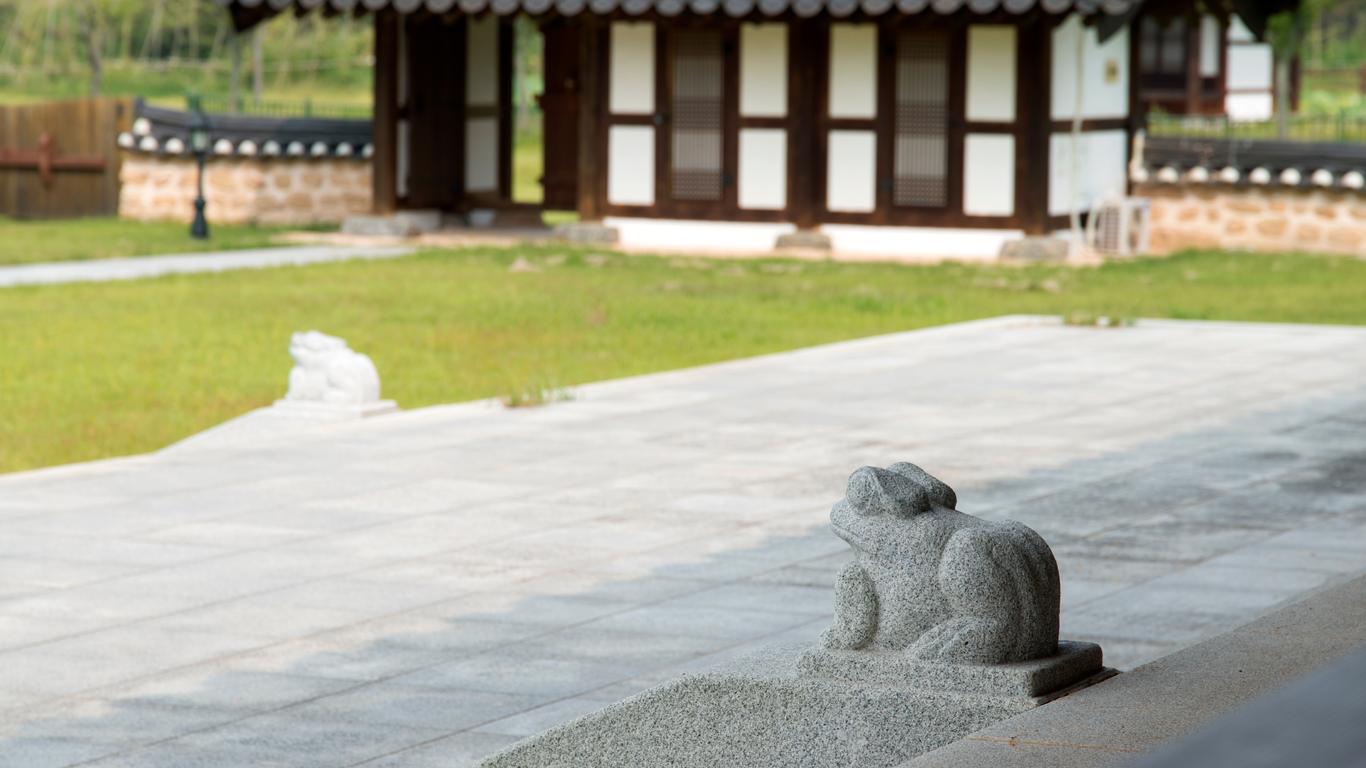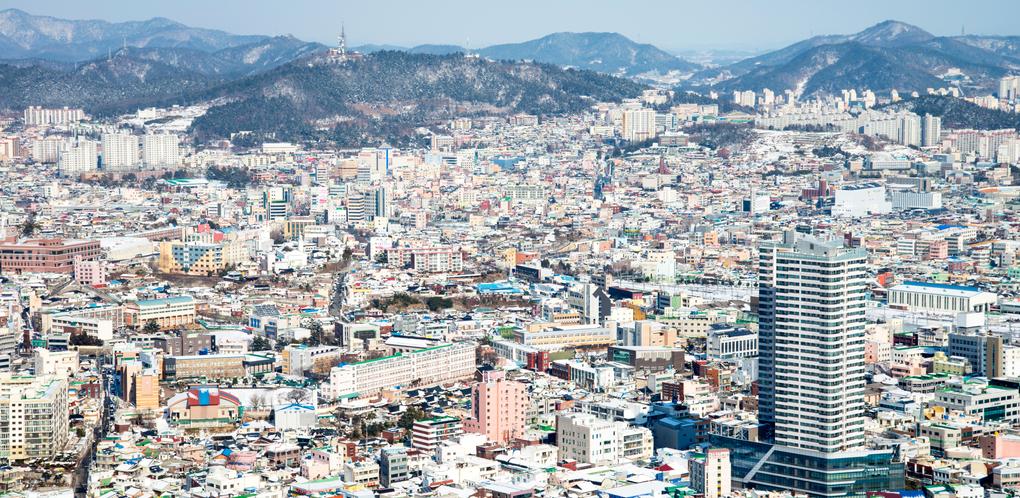1. Discover Korea's Creative Hub
As you'll no doubt find out when you arrive, Gwangju is very much an artistic city these days, with creativity powering its recent renaissance. The Museum of Art is at the heart of this flowering, being run by the same team that stages the city's popular Biennale of art. It's a great place to find out about modern Korean artists, with its emphasis on active creators, as well as some more famous names like Uijae. If you like what you see from Uijae, it's worth noting that there's also a museum dedicated to his work just down the street.
2. An Easy Climb To Stunning Views
Soaring to a height of 1,186 meters, Mudeungsan dominates the skyline in Gwangju, and it's also at the heart of a beautiful national park. Thanks to its relatively gentle incline for such a tall peak, it's not a hard climb for active vacationers, but if you don't fancy the ascent, the temples at Yaksaam, Jeungsimsa, and Wonhyosa are gathered around the lower slopes. Otherwise, paths wind around the mountain, and beauty spots include Baekma Ridge - a real photo opportunity if there ever was one.
3. Everything You Need To Know About Gwangju's Past
Located on the lower slopes of Mudeungsan, the National Museum is full of intriguing exhibits and always repays a visitor's time. Created in 1977 to promote the city's culture, it has a fascinating array of artifacts from the Silla era (around 600-700 AD), along with items recovered from nearby shipwrecks, and plenty of sumptuous Buddhist sculptures. The region has an ancient past, and this museum tells the story comprehensively. In fact, its 3,300 square meters make it hard work to see everything.
4. Snag Some Artistic Bargains
Once upon a time, Daein-sijang was a traditional market which was slowly decaying and close to closure. However, the artistic wave then swept through Gwangju, and the area became a hotspot for galleries and craft stalls. Sparked by its use as a center for the Biennale, the market has now become the number one place to peruse the creations of local artists and buy a few pieces to take back home. And with this success has come some nifty cafes and restaurants as well.
5. Honoring Democratic Martyrs
In 1980, Gwangju briefly captured headlines across the world when a student protest was brutally suppressed by South Korea's dictatorship, and local people rose up, challenging the government. Hundreds of people were killed (we don't know exactly how many), but they have not been forgotten. This poignant memorial, which is around 30 minutes by bus from the city center, honors their democratic sacrifice, and is a holy site for modern Koreans. There's an on-site museum which leads visitors through the events of the uprising, and some powerful artifacts like bloodied Korean flags.


